White Revolution of India had been started by Mr Varghese Kurien(1921-2012). He is also known as the father of this revolution. He had a dream of doing something wonderful in his life. He had figured out how people were not satisfied with their work and the kind of wages they used to get. There were on an average 4 members in one family and out of them only one person (Head of the family) used to earn with his 2-3 cows and/or buffaloes.
(P.S– Clicking pictures at such places are strictly prohibited but as a blogge, researcher, and management student I could get a chance to click pictures.)
(P.PS– Or I should say they could smell my intentions that I’m gonna promote their brand. Lol!;)😂)
Mr Kurien has had done his researches in understanding the alternative for it. One day, he decided with his partner to approach the fellow villagers of Anand and few more areas nearby Anand. They approached everyone and told them their plans. They have this idea of planting a dairy where they need raw material to convert into pasteurised milk.
(Their plant is as beautiful as any foreign country’s road.)
Initially, it was hard for villagers to accept the change. Change, which they had offered. Because it clearly means the villagers had to give their milk to the plant and they will sell it after pasturing it. But, as they were not happy with the kind of remuneration they used to get. They accepted the offer.
(I really like this direction guide. As a management student, I want everything to be perfect. And yes, Amul is organised.)
Community
It was not like to collect raw milk from door to door. It was supposed to be made a community of people who are willing to earn regular money. So, they have divided a community in a particular area. A community consists of 15-20 house in one go.
Transportation
Every day, million of litres milk(raw milk) has gathered from across the world. I’m gonna show you few tanks in which they contain raw milk for import.
They use these kinds of big trucks for import export across India.
Amul and its Operations
Amul began the dairy cooperative movement in India and formed an apex cooperative organization, Gujarat Co-operative Milk Marketing Federation Ltd. (GCMMF), which today is jointly owned by some 2.2 million milk producers in Gujarat, India. Amul was formally registered on December 14, 1946.
(They have these silos where they contain raw milk and pasteurised milk. And according to the demand they use it from the silo)
The brand name Amul
It’s sourced from the Sanskrit word Amoolya, means priceless. It was suggested by a quality control expert in Anand. Some cite the origin as an acronym to (Anand Milk Union Limited).The Amul revolution had started as awareness among the farmers. It grew and matured into a protest movement that was channelled towards economic prosperity.
(Everything is controlled through computers only)
ORGANISATION
Amul is a dairy cooperative movement in India. It is a brand name managed by an apex cooperative organization, Gujarat Co-operative Milk Marketing Federation Ltd. (GCMMF), which today is jointly owned by some 2.41 million milk producers in Gujarat, India. It is based in Anand town of Gujarat and has been a sterling example of a co-operative organization’s success in the long term.The Amul Pattern has established itself as a uniquely appropriate model for rural development. Amul has spurred the White Revolution of India, which has made India one of the largest milk producers in the world. It is also the world’s biggest vegetarian cheese brand. The Success of Kaira District Co-operative Milk Producers’ Union Limited and setting up of District Co-operative Milk Producers’ Unions needed a state-level organization for entire Gujarat. That leads to the creation of Gujarat Cooperative Milk Marketing Federation (GCMMF).
(Disciplined employees)
RANGE OF PRODUCTS
Amul’s product range includes:
Amul Butter,
Amul Ghee,
Amulspray,
Amul Cheese,
Amul Chocolates,
Amul Shrikhand,
Amul Ice cream,
Nutramul,
Amul Milk,
Amul milk powder
Amul paneer,
Amul gulab jamuns,
Amul basundi.
AmulyaIn January 2006, Amul plans to launch India’s first sports drink Stamina, which will be competing with Coca Cola’s Powerade and PepsiCo’s Gatorade.
(hygiene, well I could see the meaning of this word there!)
(Finally, packaging the pasteurised milk)
(Amul Kool, Flavoured milk, contain in glass bottles)
So yeah, after the case study let’s come on that one thing which as a consumer we’re constantly doing wrong. What’s that? Have a look at yourself-
Boiling pasteurised milk for drinking. Would you stop that!
During the entire study of how things work there, what I observed there is every year on an average, for every 100 million kg of ‘processed’ milk produced by a dairy plant, about 8 million KWh of electrical energy is consumed. All this to provide us with aseptically packed ‘safe’ milk with a good nutritive value. As soon as you boil it, you get rid of most of the B vitamins, denature a lot of proteins and amino acids. It is like turning John Cena’s body into Rajpal Yadav’s.
The pasteurized milk in poly-packs is fine for 2 days if kept in the refrigerator(4-5 degree C) in clean and covered utensils. The bad guys, chiefly Coxiella burnetti and Listeria monocytogenes are already taken care of by the appropriate heat treatments back at the dairy. Also, all tests are done before final packaging. You need not waste more fuel and nutrients while boiling that at home.
The dairy plants go through all of this trouble for you but you don’t trust them.
And this is the reason they are charging us, but we are overprotective about what has been done. Haha!
Kindly, don’t follow the stereotype. Use pasteurised milk wisely.
Trust me if not them.
When should you boil pasteurised milk then?
So, yeah. Now the question arises here is when should you boil the pasteurised milk then? Well, in case if you wish to use it for any purpose other than drinking as if curd, cream etc then you can boil it!!
Also, it is very important to keep it in the refrigerator, covered , when not in use and consume it as soon as possible.
So, this is all for today’s Amul study.
I hope you liked it.
Mr Mayank Parmar | Department Head
I would like to give a vote of thanks to Mr Parmar, who had taken out his time for me. And he perfectly answered all the questions I’ve asked him about Amul.
Please like, comment and share.
And don’t forget to give your suggestions in the comment section below. 🙂
Copyright © 2015-2016 by SumitOfficial
All rights reserved.


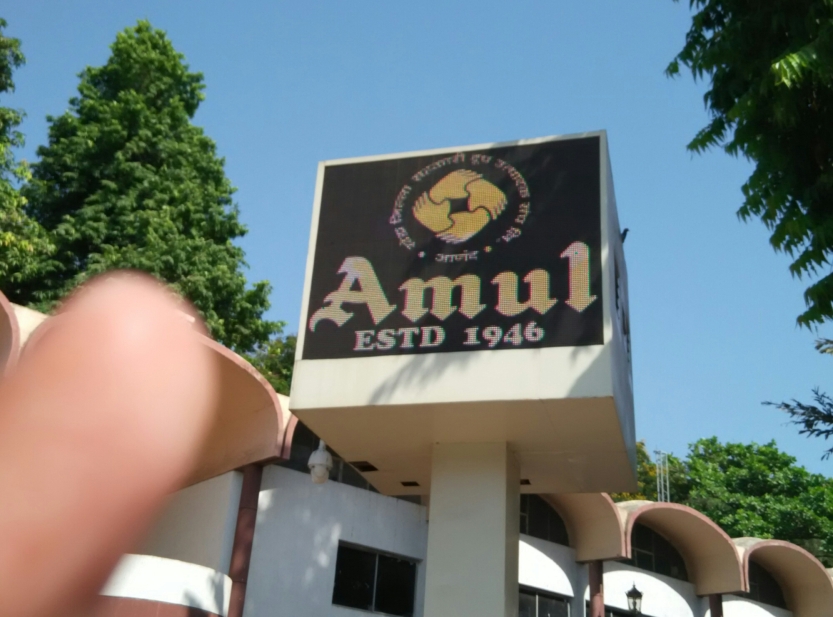

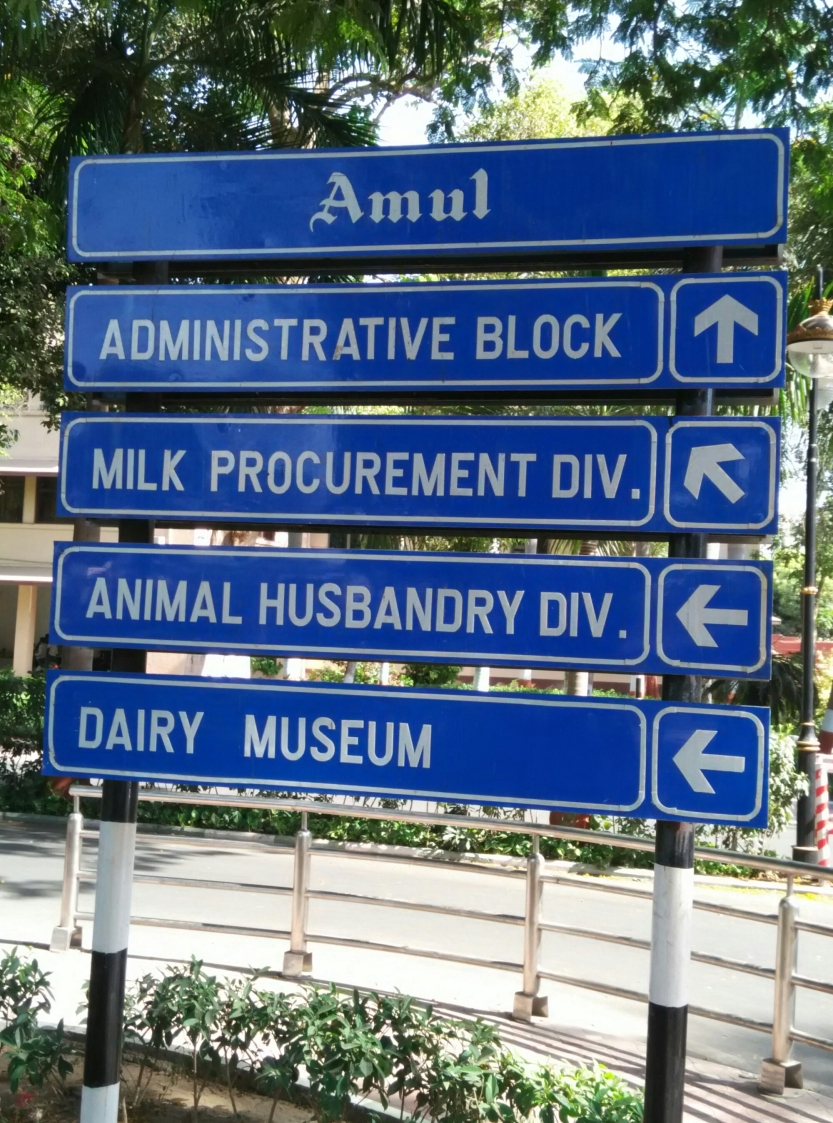
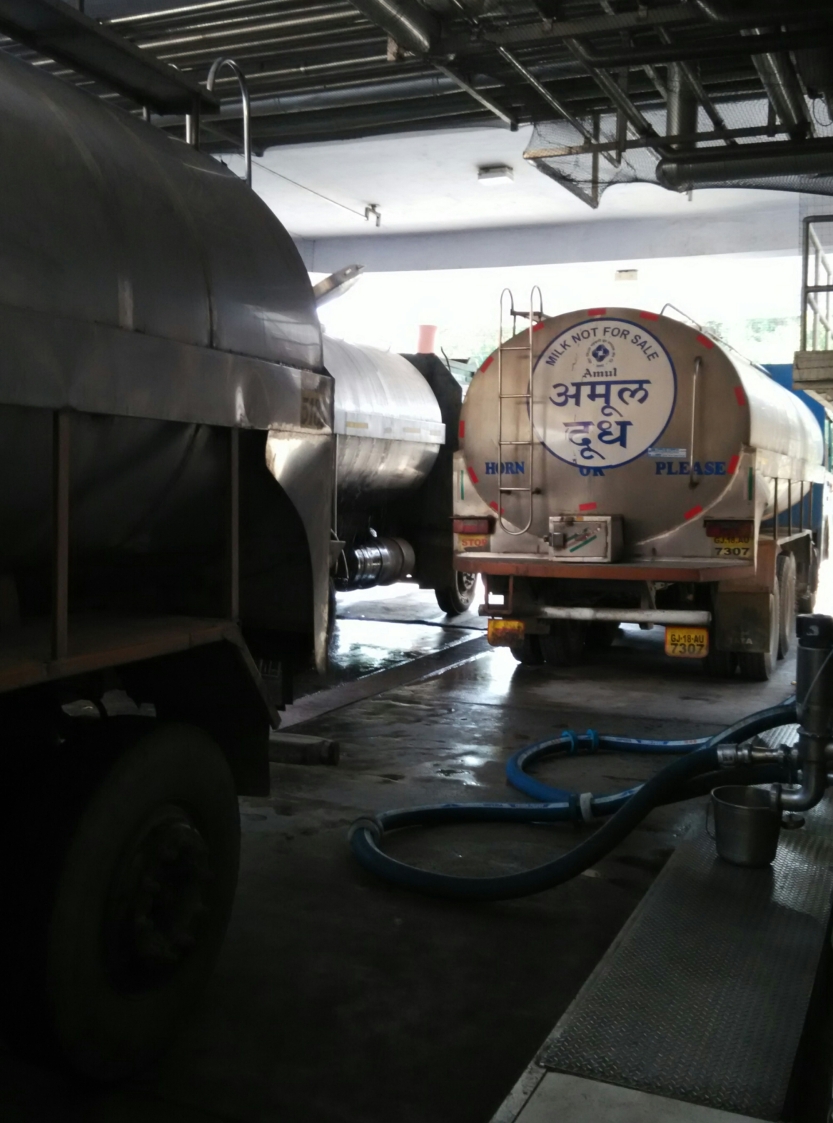
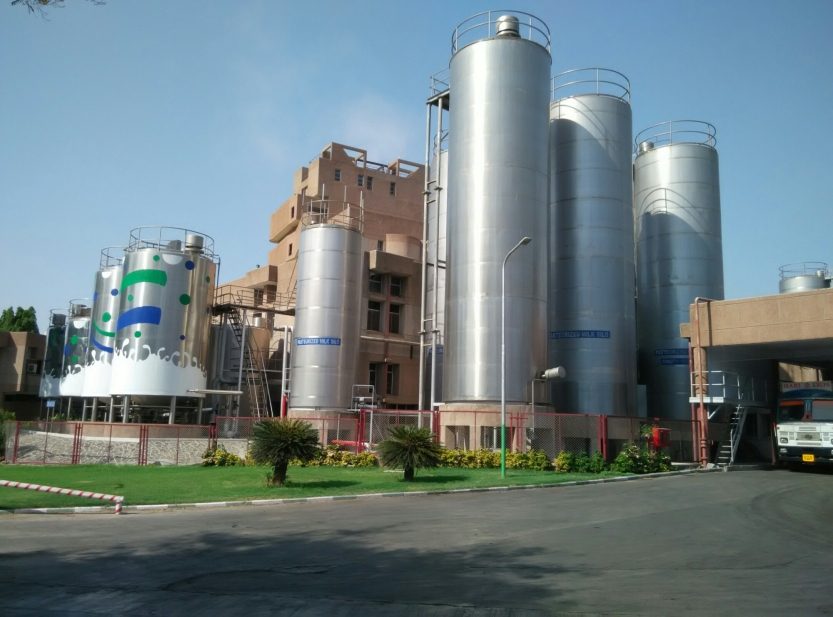
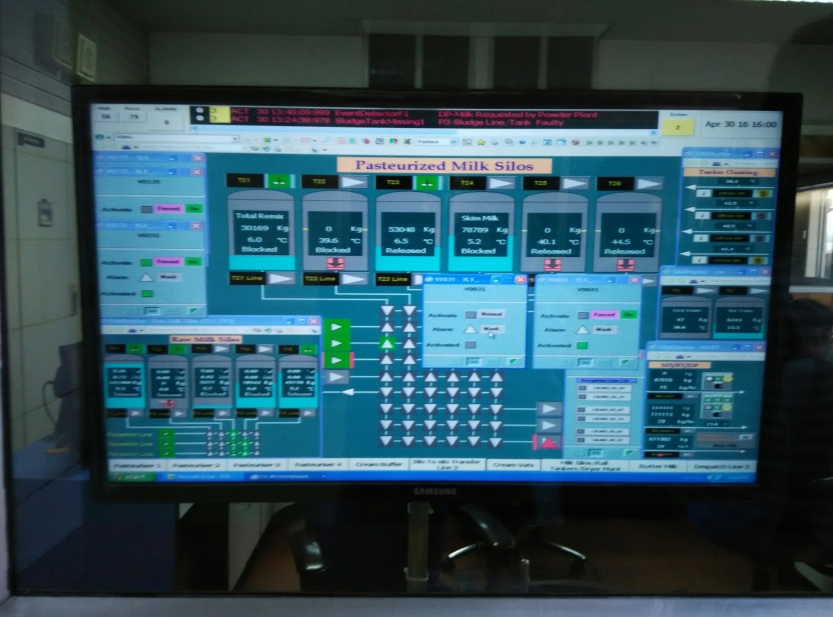
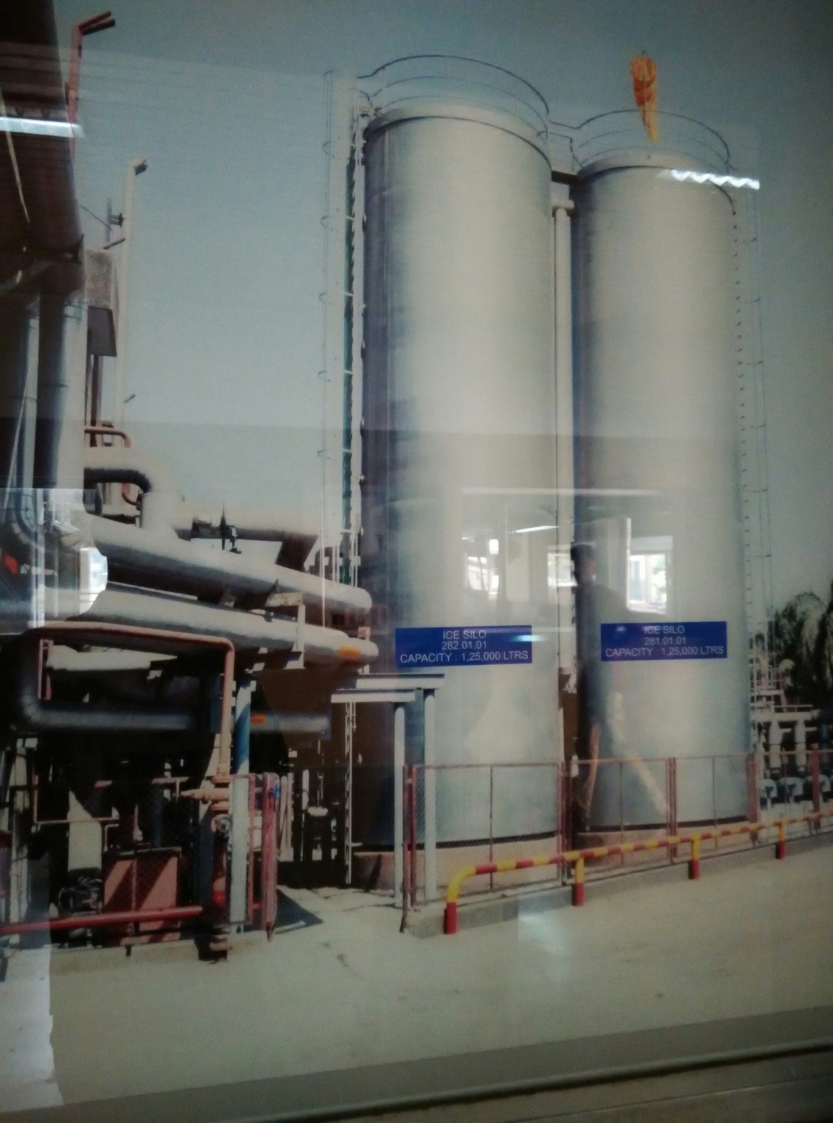
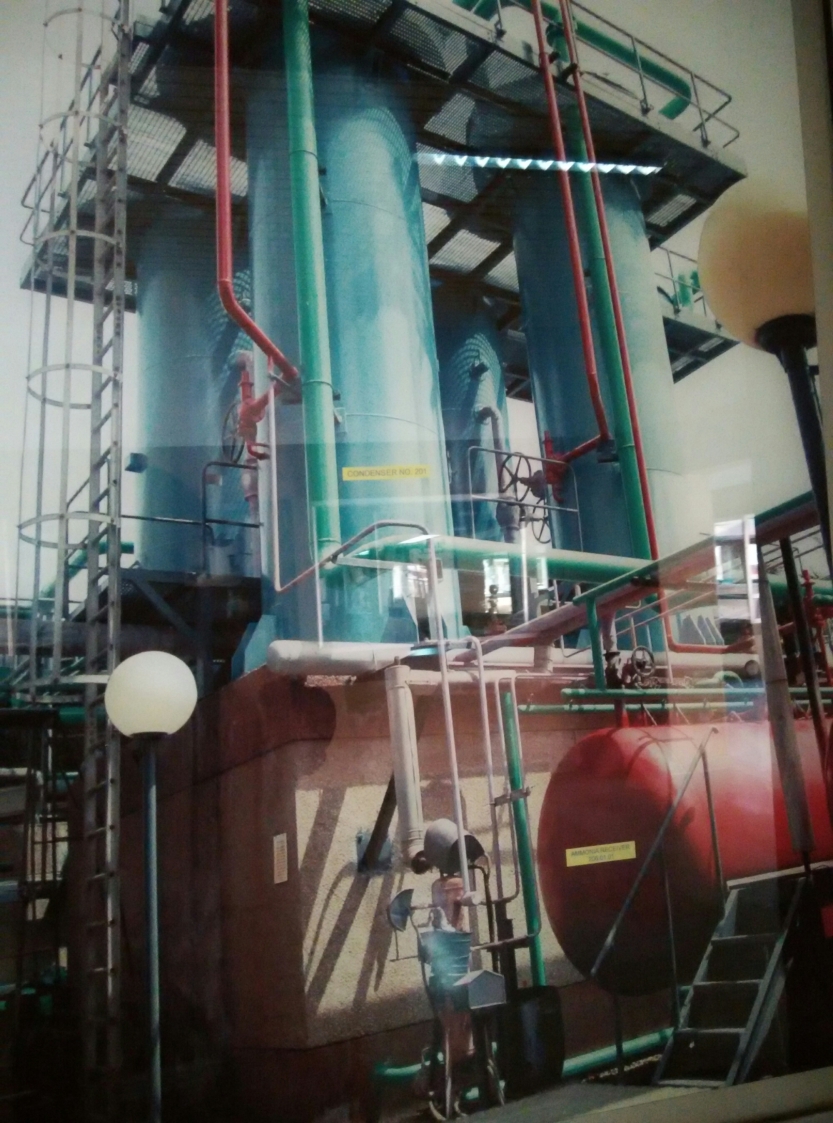
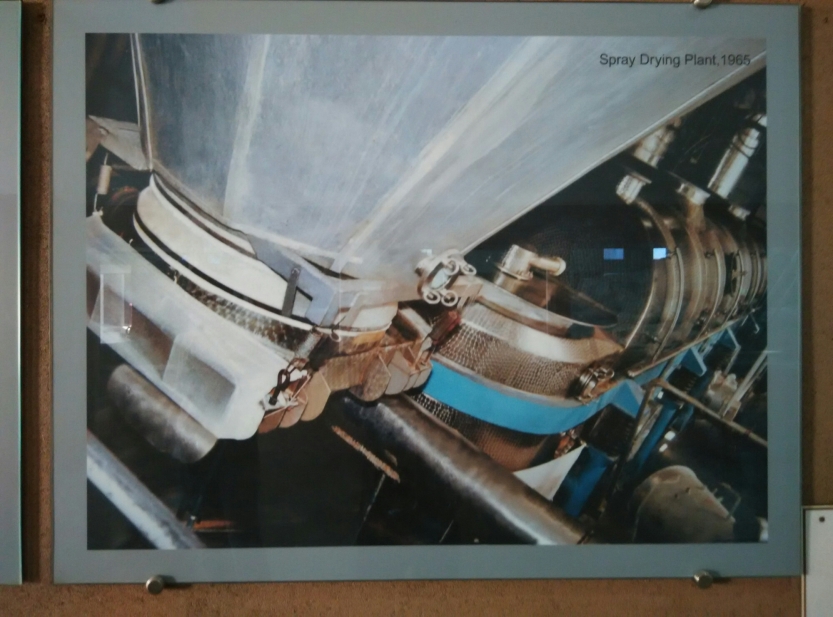
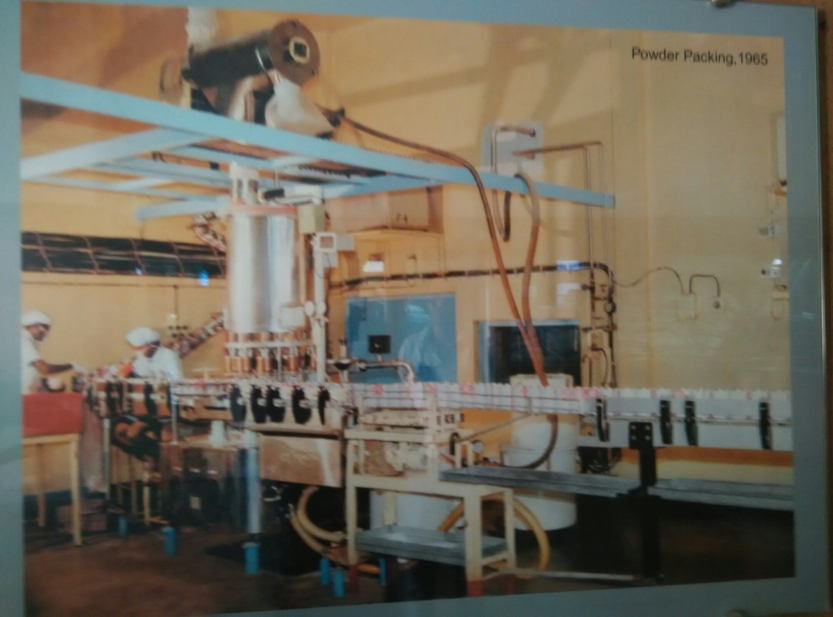
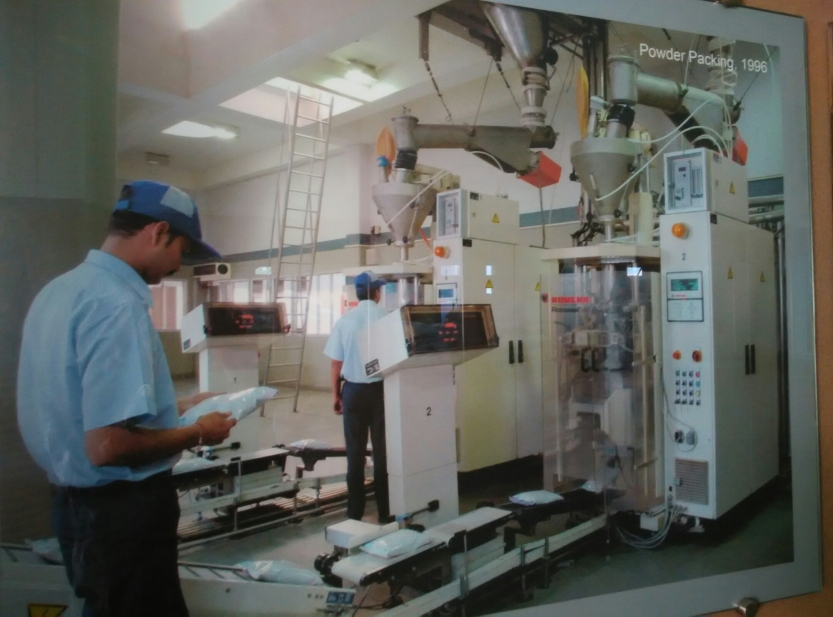
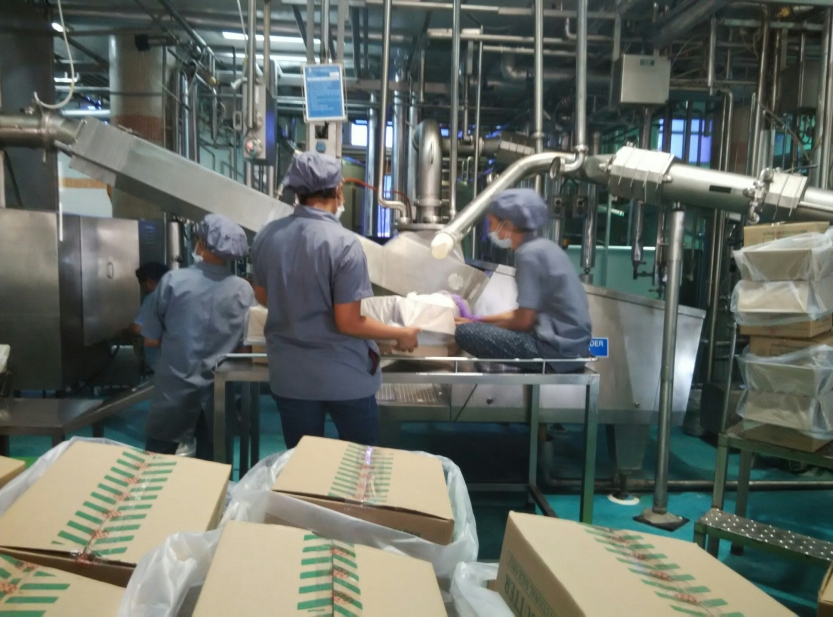
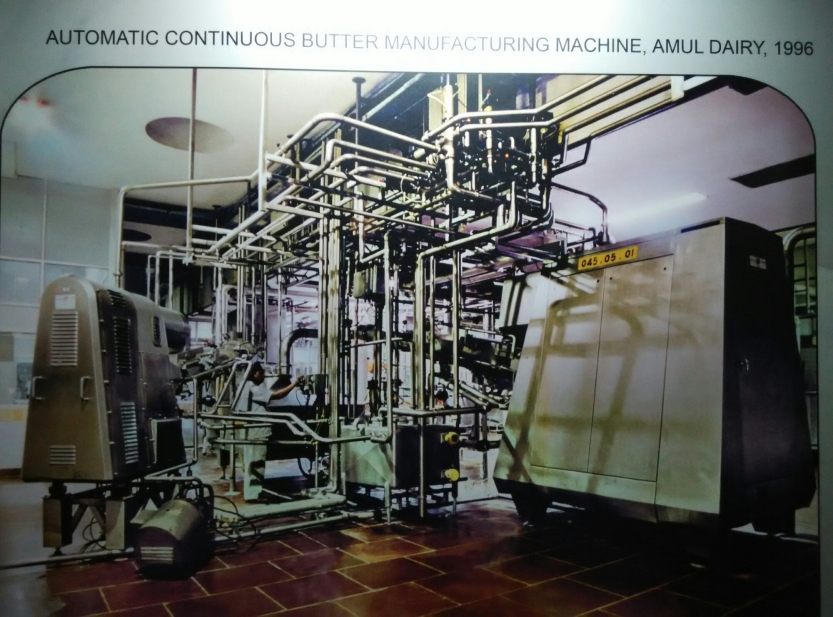
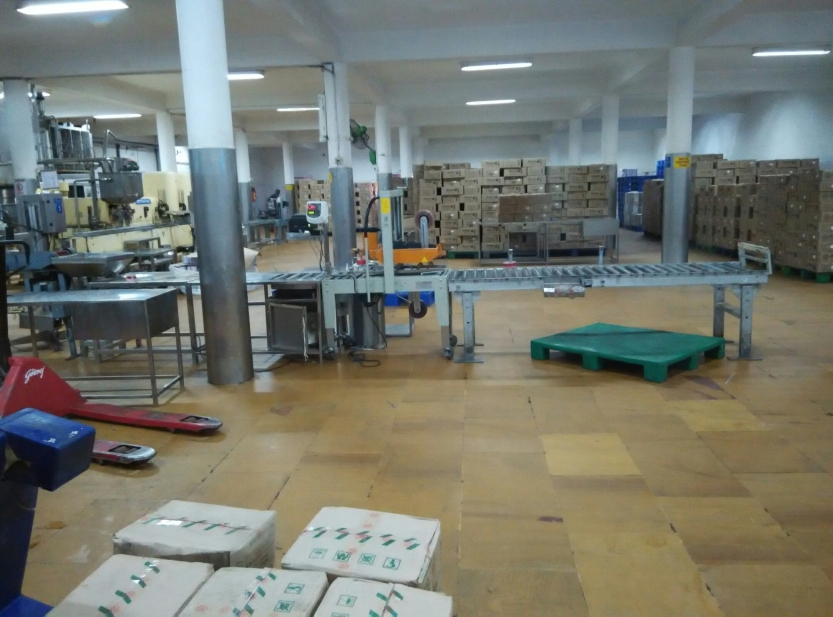
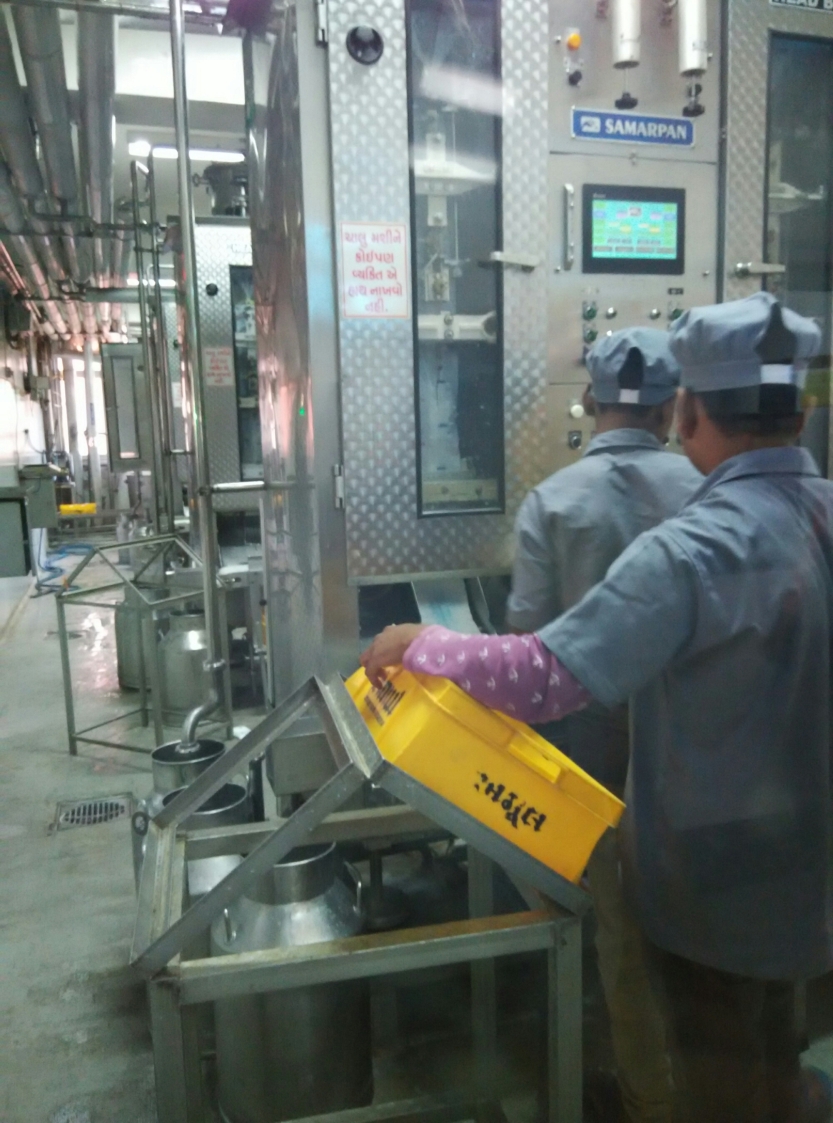
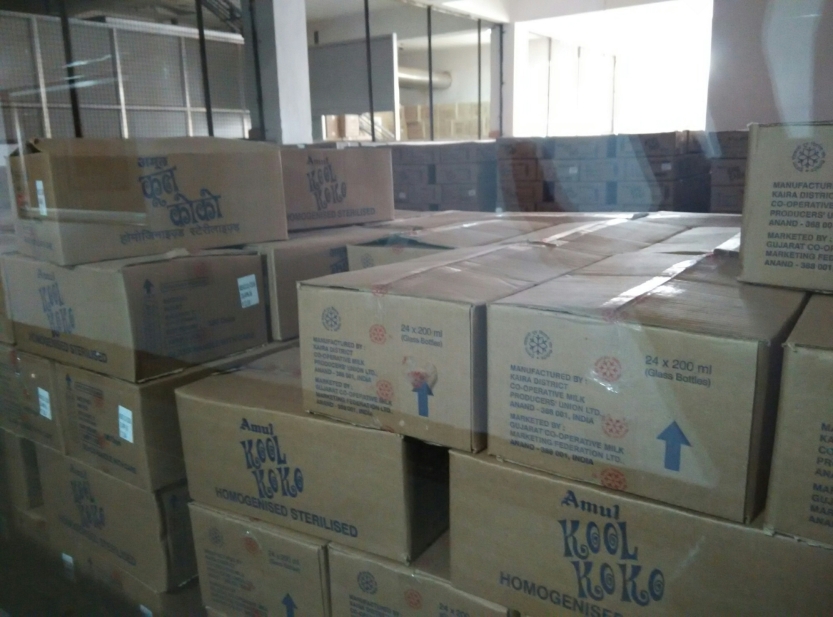
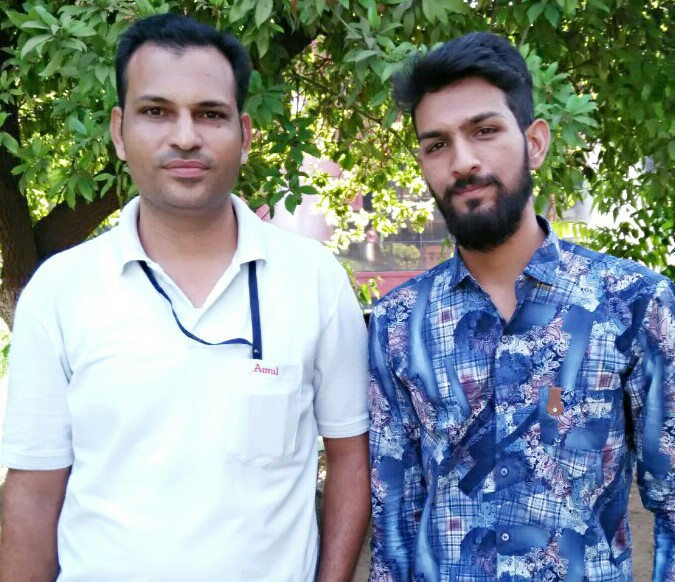
Okay I have to tell my mom not to boil the milk anymore. 😜
Thanks for sharing this lot of Information.
LikeLiked by 1 person
Haha.. Thank you Gayatri 🙂
I hope you liked it
LikeLiked by 1 person
Of course I liked it 🙂
And you’re welcome ☺
LikeLiked by 1 person
😊😊😊
LikeLiked by 1 person
good research sumit
LikeLiked by 1 person
Thank you Akhila 😊😊😊
LikeLiked by 1 person
Nice and informative … Good work
LikeLiked by 1 person
Thank you Anand. 🙂
LikeLiked by 1 person
Such an informative post. Thank you for introducing with the Amul plant. 😊
LikeLiked by 1 person
Thank you Shreyu:)
I am happy that you found it worth. 😇
LikeLiked by 1 person
☺
LikeLiked by 1 person
Well described. Keep it up ☺
LikeLiked by 1 person
Thank you Shubham😊😊😊
LikeLike
Such as great information sumit……ky baat hai……👍
LikeLiked by 1 person
Thanks Preeti😜
LikeLike
Nice information bro
LikeLiked by 1 person
Thank you Dhruv😀😊
LikeLike
Impressed!
LikeLiked by 1 person
My pleasure😊😊
LikeLiked by 1 person
This is a very well organized post and nicely explained by you Sumit 😊😊 I didn’t know people boiled pasturized milk there so as a Westerner who buys and uses pasturized milk here…we never boil it and it’s perfectly safe to consume if kept in the fridge like you said. The plant looks very high tech and beautiful with the trees. Excellent post!! 😀
LikeLiked by 1 person
Wow… I’m happy to read your long message 🙂
Jennifer, don’t you boil pasteurised milk there?😀
LikeLiked by 1 person
Hahaha..I’m glad you like my long messages Sumit 😉 No we don’t boil pasteurized milk here because the process is already complete 🙂 I buy it and keep it in the fridge then use it when needed. 🙂 Great post!
LikeLiked by 1 person
I’m really impressed with your country’s people 😀
They are smart. You are smart. 😉
LikeLiked by 1 person
Aawww thank you so much Sumit 😍😍 the feeling is mutual 😊😊
LikeLiked by 1 person
Very well documented.
LikeLiked by 1 person
Thank you Megha😊😊
LikeLike
Fabulous post, Sumit! Very insightful post! I love Amul butter, I think no butter comes close to it 🙂
LikeLiked by 1 person
Hahaha… I’ve shared a photo too of Amul butter 🙂
If you could see Freda😀
LikeLiked by 1 person
Where??? I went through the pics again, why can’t I see it!!
LikeLiked by 1 person
Two girls are taking put something… Did you remember;)
LikeLiked by 1 person
Ohhh okayyy 😀
LikeLiked by 1 person
😀
LikeLiked by 1 person
Out*
LikeLiked by 1 person
That’s quite an information Sumit, I have visited their unit in Mehsana way back in 1990 and was surprised to find the cooperative venture going so smoothly and successfully. They have added so much after that and is a brand in itself
LikeLiked by 1 person
That’s very true Parveen. I really like the way they follow for their plant. It goes smoothly and lubricant.
LikeLiked by 1 person
nice one official..but I just need to tell u something which I saw on FB few days back.Their was a lady who boiled the amul milk and she poured spoon in it there was something that came out from it which is actually not good for our health ..well its been really long since I read that article so I don’t really remember what exactly it was .
LikeLiked by 1 person
Hahaha.. I am wondering you’re not active on Facebook since so long then how did you see/read that😂😂😂
LikeLiked by 1 person
um not active only since last 2 months ..huhhhh
LikeLiked by 1 person
Hehehe… Ab to me bol bhi Nahi sakta Ki aaj 😉
Even I’m going now😉
LikeLike
Oye yeh to mera chapter hae😂😂😂 White revolution pe,in political science.Conincidently i had an exam yesterday,on this topic.I’d learnt all this info you have provided here,hehe.😂The Amul Pattern has established itself as a uniquely appropriate model for rural development. Amul has spurred the White Revolution of India- yeh lines toh meri book mein bhi thi,ditto,hehe.😅😆
Amazing pictures though,i had not seen the Amul plant.Thanks for sharing.😊
LikeLiked by 1 person
Hahaha… Oye Jo resolution hain wo to wahi name Se rahega na😂😂😂
It is not a matter of plagiarism btw😉
LikeLiked by 1 person
I never said that it is a matter of plagiarism Sumit.The name of the revolution will be same and the information would be same too obviously.You were not born with all this info about Amul and White revolution,you had to search about it obviously,i just told you that i have a chapter on this topic and there are same lines in it,the ones i quoted.😊
Im not saying k puraa aapne copy paste kia hae,idiot😒
I was just talking about a few lines,and no issues about that,this is how White revolution has to be defined,you did the right thing.😊
LikeLiked by 1 person
Hahahaha… I was missing this Daant from so many days.. Thank you iske liye😘😘
I am succeeded in my plan. 😋😝😊
LikeLiked by 1 person
😂😂😂😂😂😂😂😂 hahahahahaa
Yay u succeeded 😝😝😝
LikeLiked by 1 person
Nice post Sumit! Very informative.
LikeLiked by 1 person
I’m glad that you found it informative Shamira 😊😇
LikeLiked by 1 person